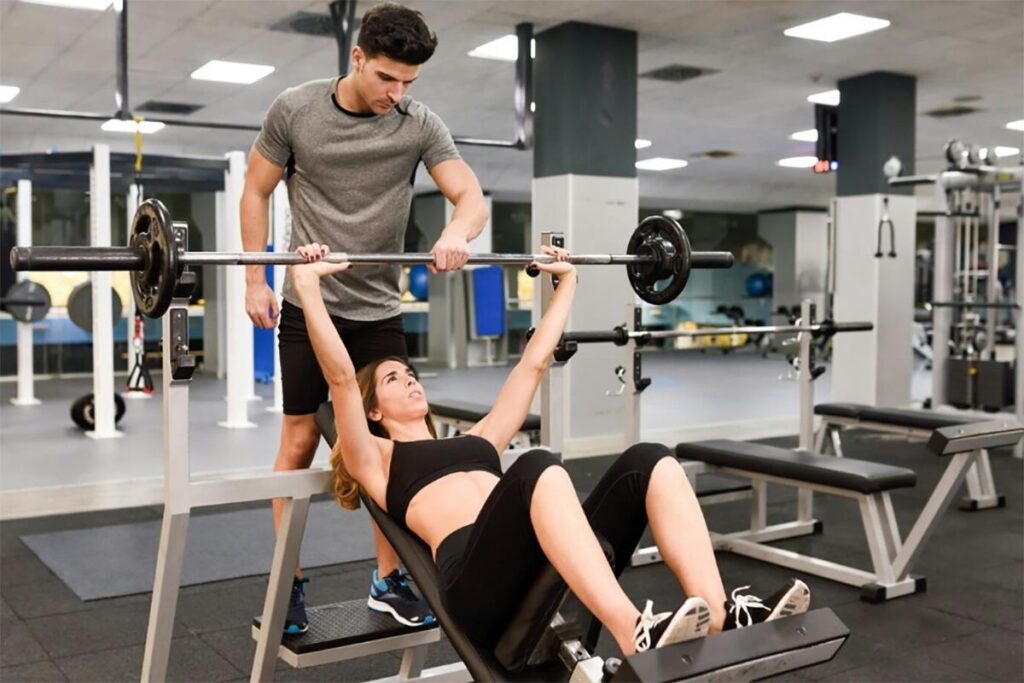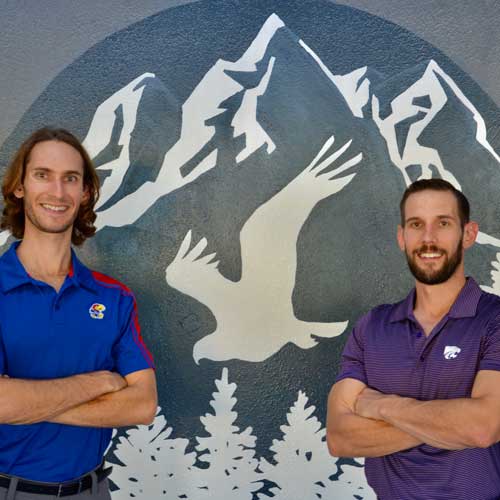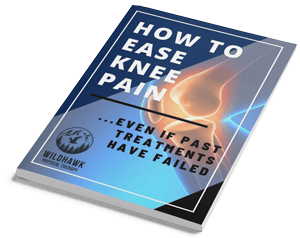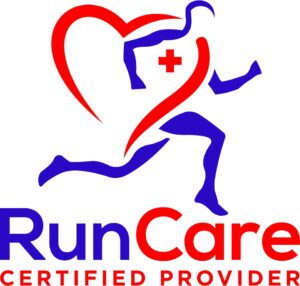
Introduction
Greetings from WildHawk Physical Therapy! In this comprehensive blog post, we embark on a journey into the world of bodybuilding, exploring the unique challenges faced by these dedicated athletes. From sculpting powerful physiques to navigating the intricacies of injuries, bodybuilders encounter a distinct set of considerations. Join us as we delve into common injuries, preventative measures, and effective strategies for recovery, empowering bodybuilders to pursue their passion with resilience and longevity.
Understanding the Bodybuilder’s Landscape
Bodybuilding is an art that demands precision, dedication, and an unwavering commitment to physical excellence. As individuals strive to build muscle mass, definition, and symmetry, they also navigate a landscape where the risk of certain injuries is heightened due to the intensity and specificity of their training routines.
Identifying Common Injuries in Bodybuilders
- Muscle Strains and Tears:
- Cause: Intense resistance training and repetitive, high-force movements can lead to muscle strains or tears. Overexertion, inadequate warm-up, or improper technique may contribute to these injuries.
- Areas Affected: Common sites include the shoulders, back, and thighs, where muscles are heavily engaged in various exercises.
- Tendonitis:
- Cause: The repetitive nature of bodybuilding exercises, particularly those involving heavy weights, can contribute to inflammation and irritation of tendons. Overuse and improper form may exacerbate the risk.
- Areas Affected: Tendons around joints such as the elbows (golfer’s or tennis elbow) and knees may be susceptible.
- Joint Strain and Overuse:
- Cause: The frequent stress placed on joints during heavy lifting and compound movements can lead to strain and overuse injuries. Improper biomechanics or neglecting joint health may contribute.
- Areas Affected: Joints like the shoulders, knees, and lower back are often vulnerable.
- Herniated Discs:
- Cause: The combination of heavy lifting and spinal compression during exercises like squats and deadlifts can increase the risk of disc herniation. Poor form and lifting beyond one’s capacity are contributing factors.
- Areas Affected: The lumbar spine is particularly prone to herniated discs.
Preventative Measures: Building Resilience
- Comprehensive Warm-Up:
- Bodybuilders should prioritize a thorough warm-up routine before engaging in intense training sessions. Dynamic stretches, light cardio, and activation exercises can prepare muscles and joints for the demands ahead.
- Proper Form and Technique:
- Emphasizing proper form during exercises is crucial for injury prevention. Bodybuilders should prioritize quality over quantity, ensuring each repetition is executed with precision.
- Periodization and Recovery Days:
- Incorporating periodization into training programs allows for variations in intensity and volume, preventing overuse injuries. Scheduled recovery days are equally essential for the body to heal and adapt.
- Joint-Friendly Alternatives:
- Exploring joint-friendly alternatives to traditional exercises can mitigate the stress on vulnerable areas. For example, swapping out barbell exercises for dumbbell variations or using machines with guided movements.
Effective Strategies for Recovery: Nurturing the Physique
- Rest and Active Recovery:
- Adequate rest is paramount for recovery. Bodybuilders should embrace rest days to allow muscles and connective tissues to repair. Active recovery, such as light cardio or mobility exercises, can enhance circulation and alleviate stiffness.
- Physical Therapy Interventions:
- Engaging with physical therapy is a proactive approach to addressing and preventing injuries. Physical therapists tailor rehabilitation programs to the specific needs and goals of bodybuilders, incorporating targeted exercises and manual therapies.
- Soft Tissue Mobilization:
- Soft tissue mobilization techniques, including massage and foam rolling, can alleviate muscle tightness and promote flexibility. These practices enhance circulation and facilitate the removal of metabolic waste products from the muscles.
- Strength and Stability Training:
- Targeted strength and stability exercises are integral to rehabilitation. These exercises address muscle imbalances, enhance joint stability, and promote overall functional strength.
Nutritional Support: Fueling the Bodybuilder’s Journey

- Optimizing Protein Intake:
- Adequate protein intake is essential for muscle repair and recovery. Bodybuilders should focus on consuming high-quality protein sources to support the demands of training and rehabilitation.
- Anti-Inflammatory Nutrition:
- Incorporating anti-inflammatory foods rich in antioxidants can aid in reducing inflammation associated with injuries. Foods like berries, leafy greens, and omega-3 fatty acids contribute to overall joint health.
- Hydration and Nutrient Balance:
- Proper hydration is fundamental for recovery. Ensuring a well-balanced intake of essential nutrients, including vitamins and minerals, supports the body’s healing processes.
Psychological Well-being: Navigating the Journey
- Acknowledging Mental Strain:
- Injuries can take a toll on mental well-being. Bodybuilders should recognize the psychological impact of setbacks and seek support from peers, coaches, or mental health professionals.
- Maintaining a positive mindset, setting realistic expectations, and celebrating small victories in the recovery process contribute to a resilient mental outlook.
Frequently Asked Questions:
Q: Can bodybuilders continue training with minor injuries?
A: It depends on the nature and severity of the injury. Continuing to train with minor injuries may exacerbate the condition. It is advisable to consult with a healthcare professional or physical therapist to determine the appropriate course of action.
Q: How can bodybuilders balance training intensity and injury prevention?
A: Balancing training intensity involves incorporating periodization, allowing for adequate recovery, and listening to the body’s signals. Regular assessments and adjustments to training programs, along with a focus on form and technique, contribute to a balanced approach.
Q: Is it necessary for bodybuilders to consult with a physical therapist even if they are not currently experiencing injuries?
A: Yes, consulting with a physical therapist, even in the absence of injuries, can be beneficial. Physical therapists can assess movement patterns, identify potential areas of concern, and provide preventive exercises to address imbalances. This proactive approach contributes to long-term joint health and injury prevention.
Conclusion
In conclusion, the journey of a bodybuilder is a remarkable quest for physical excellence. Navigating potential injuries requires a holistic approach that combines preventative measures, effective recovery strategies, and a keen focus on overall well-being. At WildHawk Physical Therapy located in Asheville, NC, we stand alongside bodybuilders, offering tailored interventions to nurture their physique, promote resilience, and ensure a sustained pursuit of their passion. Through a commitment to comprehensive care, bodybuilders can sculpt not only their bodies but also a pathway to enduring strength and vitality.










